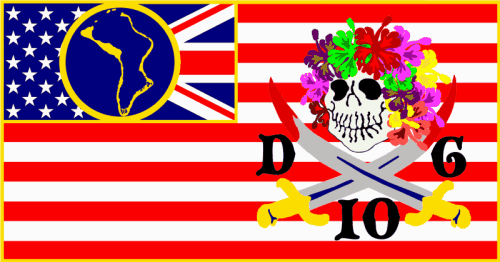|
| THE OIL ISLANDS |
|
|
| Late 1780s |
The French in Mauritius start
marooning their Lepers on Diego Garcia. The
lepers ate sea turtles, primarily, since turtle meat
was believed to cure the disease. It didn't. |
| 1792 |
A British merchant ship stops
by, and sends two crew members ashore to talk with the
inhabitants. They reported that the island was
populated by '8 or 10' lepers. The captain of
the ship refuses to allow the crewmembers back aboard,
and sails away, leaving them marooned with the lepers. |
| 1793 |
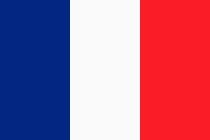 A Monsieur Lapotaire from
Mauritius sets up the first coconut 'factory'
concession on Eclipse Point. He also brings the
first black slaves to the island. The little
factory ships coconuts to Mauritius to be processed
into oil, and also ships out salted fish, rope made
from coconut fiber, and exports Sea Turds (Sea
Cucumbers) to China, where they are considered a great
delicacy.
A Monsieur Lapotaire from
Mauritius sets up the first coconut 'factory'
concession on Eclipse Point. He also brings the
first black slaves to the island. The little
factory ships coconuts to Mauritius to be processed
into oil, and also ships out salted fish, rope made
from coconut fiber, and exports Sea Turds (Sea
Cucumbers) to China, where they are considered a great
delicacy.
|
| 1793 |
A British Ship, HAMPSHIRE,
wrecks attempting to enter the lagoon through Barton
Pass (still an exceedingly treacherous passage). |
| 1801 |
Hearing that there were lepers
getting fat on DG, the HMS VICTOR puts in to
reprovision with water and the lepers' turtles.
She then sailed to the Seychelles and sank the French
Corvette Fleche, which had just marooned some banished
Frenchmen on those islands. |
| April 26, 1809 |
The captain-general of
Maurituis, a certain De Caen, gives M. Blevec and M.
Chepe a 'concession' to exploit the eastern part of
the atoll as a coconut oil factory. |
| 1809 |
De Caen changes his mind, and
forbids processing coconut oil on Diego Garcia, out of
a fear that the British would come and steal it.
He orders coconuts to be sent to Mauritius for
processing. |
| December 3, 1810 |
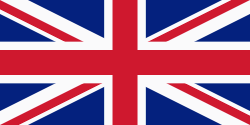 The British, during one of the
'Napoleonic Wars' capture Mauritius and its 'lesser
dependencies' (including Diego Garcia), thus
effectively stealing the coconut oil, just as De Caen
feared, just in a more dramatic way.
The British, during one of the
'Napoleonic Wars' capture Mauritius and its 'lesser
dependencies' (including Diego Garcia), thus
effectively stealing the coconut oil, just as De Caen
feared, just in a more dramatic way.
|
| 1812 |
A severe earthquake on the
island shakes the coconut crabs right out of the
trees. |
| May 30, 1814 |
The Treaty of Paris was signed
between France and her enemies Great Britain, Russia,
Austria, and Prussia, following the (first) abdication
of Napoleon. France was forced to return to the
borders of 1792. England was granted the French
colonies of Tobago, St. Lucia, and Mauritius (and thus
it's "lesser dependencies" including Diego
Garcia). |
April 8 -
November 26, 1819 |
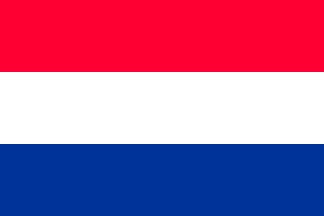 The Dutch warship ADMIRAL
EVERTZEN, seeking
shelter to make repairs to the
leaking ship, sinks in the waters off Diego
Garcia after the crew were rescued by the U.S.
merchant ship PICKERING.
The
officers and crew are marooned there until taken
back to Mauritius by the PICKERING in two trips which
left Diego Garcia on April 22 and June 17, 1819. The Dutch warship ADMIRAL
EVERTZEN, seeking
shelter to make repairs to the
leaking ship, sinks in the waters off Diego
Garcia after the crew were rescued by the U.S.
merchant ship PICKERING.
The
officers and crew are marooned there until taken
back to Mauritius by the PICKERING in two trips which
left Diego Garcia on April 22 and June 17, 1819.
Courtesy of Hans van
Rijn, March 2012.
Under
command
of Schout bij Nacht (Rear Admiral) A.A. Buyskes and
following officers:
J.H. van Maren, Captain commanding officer (?)
D.H. Dietz, Captain (Colonel in Army), commanding
officer (?)
Q.R.M. Ver Huell, Lieutenant Captain
W.L. Veerman, 2nd Lieutenant
H.P.N. 't Hooft, 2nd
Lieutenant, Journal/Logbook writer
March 19, 1819: Sailed west-bound after
departing from Anjer in the Sunda Strait (being
between the southeastern tip of the island of Sumatra
and the northwestern tip of the island of Java).
She was accompanied by the Frigat MARIA
REISBERGEN and Z.M. (Zijner Majesteits) PRINS HENDRIK.
April 8: After taking on lots of
water and continuous pumping for two weeks, Diego
Garcia is sighted. The
American Brig PICKERING anchored in
the lagoon sets sail for rescue operations. The EVERTZEN
fails in an effort to sail into the lagoon of DG, and
in the evening, the women and sick people are taken on
board PICKERING, after its cargo of
coconuts is thrown overboard. (The PICKERING was at
Diego Garcia to buy coconuts to feed to cattle that
they intended to purchase on Madagascar and then sell
at the islands of Mauritius or Reunion. This was
to occupy the time of that part of the ships crew
which was not sealing in the Southern
Ocean. Those old Yankees never let an
opportunity to turn a profit slip by!)
April 9: Admiral Buyskes decides to
leave the EVERTZEN
ship against Ver Huell's advice. In
a sloop, Ver Huell chases PICKERING,
which has set sail for DG, to consult with Buyskes
about saving the EVERTZEN. By
this time, many of the EVERTZEN's
sailors are drunk after finding the stocks of
'Brandewijn' (Brandy). Buyskes
rules again that EVERTZEN
can not be saved, so the PICKERING
sails back to her to take the remaining crew on board. One petty officer is left
behind due to being asleep/drunk in the hold. After finding himself alone on
board, he fired a canon and the PICKERING returns
once again to the EVERTZEN
to rescue the drunken sailor. The PICKERING spends
the night at sea out of sight of DG, and sees the EVERTZEN catch fire and sink, probably
West of DG in deep water.
April 10: PICKERING
sails back to DG and anchors in the lagoon.
April 11: PICKERING
sails to Pointe de l'Est in the southern lagoon and
drops anchor in front of the plantation then run by a
French planter, Mr. Joubert. Ver
Huell and Buyskes and the crew stay with Mr. Joubert,
and Staatsraad ('Councillor') Mr. Elout, one of the
VIP passengers on EVERTZEN,
moves to Mini Mini.
April 22: 139 of the EVERTZEN's
passengers and crew board PICKERING
for the journey to Mauritius. Among them are Admiral
Buyskes, Councillor Elout, Javanese Prince Radeen
Nagoro, Mr. Doef, who is Chief of the Desima
Settlement in Japan, and his wife (who is pregnant and
unfortunately dies during the passage on April 27). Ver Heull and the other
officers and crew stay in DG.
May 9: PICKERING
arrives in Port Louis on Mauritius.
May 22: PICKERING
departs from Port Louis to pick up the remaining crew
of the EVERTZEN on DG.
June 24: PICKERING
arrives back in Port Louis with the last 198 of the
passengers and crew from EVERTZEN after a fast crossing of
just 7 days from DG. Three
sailors had died while on DG.
July 9: The Dutch merchant ship VREEDE VAN DORDRECHT leaves
from
Port Louis for Holland with some of the officers and
passengers from EVERTZEN.
July 23: Ver Huell and the rest of
the crew from EVERTZEN embark on a
small English sailing vessel call a ‘Pink’ named CADMUS.
July 30: CADMUS sails
from Port Louis.
Sept 9: CADMUS
arrives at St. Helena in the South Atlantic (where
Napoleon is interned at the time).
Sept 12 (or
17 according to Ver Huell): CADMUS leaves from St. Helena.
Nov 26 (or
25 according to Ver Huell): At
8:30 CADMUS anchors in the roadstead
of Hellevoetsluys, delivering the last of the EVERTZEN’s crew and passengers.
|
| 1819 |
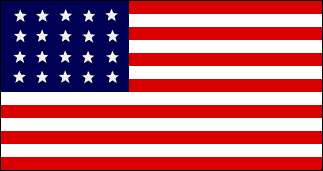 Lieutenant-Captain Verhuell, a
Dutch officer from the ADMIRAL EVERTSEN, draws
the first known picture of Diego Garcia. The
picture of the settlement at East Point clearly shows
the American Brig PICKERING from Plymouth,
Massachusetts at anchor in the lagoon; the first flag
shown on Diego is the good ol' Stars and
Stripes. At the time, the US had 21 states,
Illinois having been admitted in December, 1818.
However, the 21-star flag was not adopted until
December, July 4th, 1818, so this would have been the
flag flown by the PICKERING. Here's the
picture:
Lieutenant-Captain Verhuell, a
Dutch officer from the ADMIRAL EVERTSEN, draws
the first known picture of Diego Garcia. The
picture of the settlement at East Point clearly shows
the American Brig PICKERING from Plymouth,
Massachusetts at anchor in the lagoon; the first flag
shown on Diego is the good ol' Stars and
Stripes. At the time, the US had 21 states,
Illinois having been admitted in December, 1818.
However, the 21-star flag was not adopted until
December, July 4th, 1818, so this would have been the
flag flown by the PICKERING. Here's the
picture: 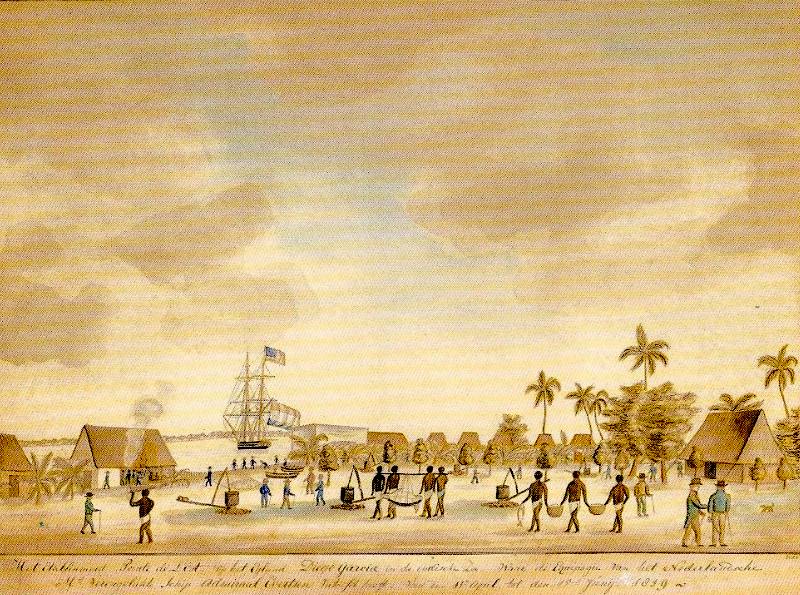
|
| 1824 |
The British Governor of
Mauritius, Lowry Cole, appoints the first British
official to the island. He is a Frenchman named
Le Camus, and must have found the assignment very
existential. His duties were: Restore peace
between the lepers and slaves (who had been at war
with each other for several years); Act as pilot for
any vessel entering Diego Garcia, except for slavers,
which were to be denied access; Stop ships from
dumping ballast in the main channels; Build a hospital
for the lepers on Middle Island; and, Report any
lawlessness by visiting ships' crews. Le Camus
actually did a pretty good job, although he never
builds the hospital. |
| 1824 |
Two brothers, W. and C. T.
Horat, arrive and produce the first completely
accurate map of Diego for the Mauritius Colonial
Government. They were accompanied by Mr. D.
Werner, who writes a report giving information
necessary for the navigation of ships entering the
lagoon. Werner reports that the island is
divided into four plantations: Laportaire's, M.
Cayeux's, Cayeux's brother's, and Bleved and
Patee's. Werner also points out that the island
was of no further use for a leper colony, because they
had eaten all the turtles. |
| 1829 |
Le Camus asks to be paid for
the five years he spent on Diego as a colonial
official. The Governor of Mauritius is shocked
by this outrageous request, and refuses. Le
Camus sues. |
| 1831 |
Le Camus' suit is settled when
the Governor takes Laportaire's concession of 2,590
acres and gives it to Le Camus. There is nothing
recorded about Laportaire's response to the
confiscation, but I'll bet he was P!$$ed off.
|
| August 1834 |
England abolishes
slavery. Ex-slaves are 'apprenticed' to their
former masters for six years before being set
completely free in 1840. Thus ended the 41-year
history of slavery on Diego Garcia. |
| 1835 |
The lepers from Diego Garcia
and a few of the other occupied islands in the Chagos
are taken by ship to Ile Curieuse in the Seychelles to
be put with other lepers in a real colony with people
there to look after them medically, etc.
According to inexact information, the black lepers
were notably peaceful (and why not, until the previous
year they were slaves, and were still indentured, and
therefore "knew their place"). On the other
hand, the white lepers caused a lot of trouble on the
ship. Two of the lepers from DG didn't want to
be transfered, and escaped in a canoe, and apparently
made it to Danger Island in the Chagos, where the
transporting ship couldn't 'rescue' them because there
was no anchorage. This is apparently the first
account of people not wanting the leave Diego Garcia. |
| 1837 |
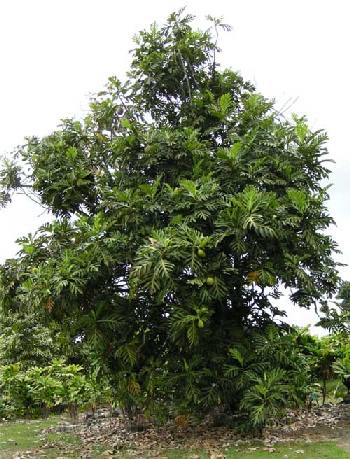 |
| August 21, 1838 |
The first colonial official to
visit the island since Le Camus, Charles Anderson, is
sent to Diego aboard the LAVERET to tell the
slaves that they were freed four years earlier.
He reports that there were three plantations, one at
East Point, one at Minni Minni, and one at Point
Marianne. He also reported that things really
weren't all that pleasant for the former slaves, but
that crime was nearly non-existant, a condition he
attributes to the impossibility of obtaining booze on
the island. Perhaps this was why he left after
just two days on the island. |
| 1840 |
As a result of Anderson's
report, donkeys are brought ashore because British law
forbade using humans - i.e., the newly freed slaves -
for work that could be done by beasts of
burden. The descendants of those donkeys remain
on the island to this day. |
| 1849 |
From Steve Forsberg's
thesis: "An article on the Chagos Islands
appeared in The United Service Journal and Naval and
Military Magazine. It took a very dim view
toward the progress of the islands, whose proprietors
“do not themselves reside in these Islands, but live
in opulence where they like, deputing the management
of the affairs of the Chagos to a number of
registrars, or overseers.” The article
does not paint a very nice picture of life on the
islands, but allowances have to be made for the
British sensibilities of the authors. There is dismay
that the laborers “resemble the tribes of Africa, from
whom they took their origin” and that “No idea of a
Supreme Being appears to exist in the Chagos
Archipelago.” After all, the article points out,
the proprietors are of “French descent.
"Most of the
islanders lived on huts set on posts 3 feet above the
ground, the space below “being invariably occupied by
pigs,” which abound and produced a “stench.” Sheep and
cows were also to be found on the island, and poultry
was “exceedingly plentiful.” There were turtles, both
green and hawksbill, and the laborers were rewarded
with “a piece of blue cloth worth seven or eight
shillings” if they found a particularly fine
example. It was noted that by this time seals
and walrus were almost entirely gone from the
island...
"Dogs
were raised on the island and their sale resulted in
“considerable revenue.” The article notes a
“valuable breed of pointers” being raised. The
article is not too clear about when it was referring
to Diego Garcia in particular or another of the Chagos
Chain. It described an island called “Home of
Dogs,” however, that could be one of the small islets
in the mouth of Diego Garcia’s lagoon. A large number
of dogs were raised there, tended only by “one Negro -
generally a leper.” The dogs were reportedly
fond of human attention, and at low tides some would
swim across to “neighboring islands.” " |
| 1855ish |
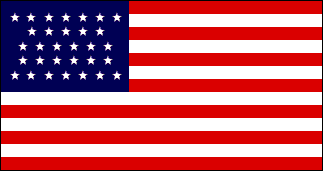 The New Bedford whaler HARRISON stops
in.
The New Bedford whaler HARRISON stops
in. |
| June 20, 1859 |
The next set of colonial
officials to visit, Lt. Berkley and Mr. Caldwell,
arrive and take a census. They reported a
population of 338 (258 men, 39 women, and 41 children)
and 350 donkeys. Working together the various
species produced 25,500 gallons of coconut oil that
year. |
| 1859 |
Bishop Vincent, the leader of
the Anglican Church in Mauritius, arrives to convert
the heathen and the Catholics to the Church of
England. He noted that the island had a large
population of "Malabars" from the Indian
subcontinent. The bishop decides not to stay,
but encourages other missionaries to try. None
heed the call for at least the next 14 years. |
| 1860 |
The Meteorological Society
recommended to the Governor for the establishment of a
central observatory for hourly or two-hourly
observations day and night together with a number of
subsidiary observations at Rodrigues, St. Brandon,
Agalega, Diego Garcia and Seychelles |
| November 14, 1864 |
Charles Farquharson, arrives
aboard the RAPID to represent the Governor of
Mauritius, and take another census. He reports
the population of the island was 378 (267 men, 45
women, and 46 children), of whom 20 are Europeans. |
| 1864 |
The Main House and several
other of the main buildings at the plantation at East
Point are constructed. |
| 1866 |
James Spurs, 'an enlighened,
despotic but benevolent man', becomes manager of the
plantation at East Point a position he holds until
1883. He establishes very strict regulations
concerning alcohol consumption, and forbids killing
sea birds, sea turtles, or coconut crabs. |
| October 1875 |
An outbreak of cholera hits the
plantation at Point Marianne, but there are no
deaths. Patients are treated in the hospital
there, which is made from the deck house of the ship SHANNON,
which had wrecked there several years before. |
| 1875 |
E. Parkenham Brooks, the first
colonial official to visit since 1859, fined the
Manager of the East Point Plantation, James Spurs, for
imprisoning three 'labourers' without sufficient
cause. He also fined an under-manager at Point
Marianne for striking a labourer. |
| 1875 |
Janvier, a 'Malagash' (someone
from Madigascar) Voodoo Witch Doctor, is charged with
killing a woman giving birth to twins, and the twins,
and is sent to Mauritius for trial, where he is found
not guilty. |
| 1875 |
A Roman Catholic Priest visits
the island, and then leaves it to the heathens.
Or perhaps he recognized the prior claim made on the
islanders' souls by the Anglicans. |
| Late 1880s |
From Steven Forsberg:
This one is about when "divers were REAL men."
In the late 1880s it seems that famed British diver
Alexander Lambert worked on Diego Garcia. Lambert was
a legend in his time, among other things he was the
first to use "rebreathing" gear. The following
is part of a short newspaper 'filler' article that was
published in the U.S. circa 1890, it describes a
routine day at work for the legendary Lambert:
"I can give you one of Lambert's; he once had a
thrilling- fight with one at the bottom of the Indian
ocean. He had been sent to the island of Diego Garcia
to fbr copper sheets on a coal bunk that had been
fouled by a steamer, and was annoyed during his
operations by the same shark for nearly a week. "The
monster was temporarily scared away, however, every
time, Lambert opened the escape valve in his helmet
and allowed some air to rush out. One day Lambert
signaled to his I attendants for a big sheath knife
and a looped rope. "Having these, Lambert used his
bare hand an a bait and waited until the shark
commenced to turn on its back, when he stabbed it
repeatedly, passed the noose around its body and
signaled for it to be drawn up. The diver brought home
the shark's back- as a trophy."Read more about Lambert. |
| 1881 |
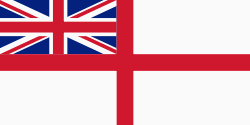 The HMS ECLIPSE,
commanded by Captain Garforth, surveys the island for
use as a coaling station.
The HMS ECLIPSE,
commanded by Captain Garforth, surveys the island for
use as a coaling station. |
| 1882 |
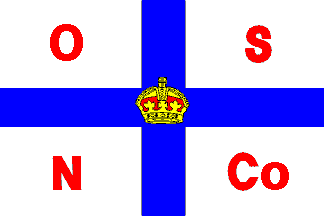 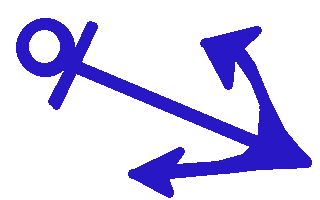 The Orient Steam Navigation
Company relocates its coaling station from Aden to
Diego Garcia for its fleet of 12 ships sailing from
the Suez canal to Australia. It uses the
ex-sailing ships ARRAN, 962 tons, and the RONACHAN,
1,156 tons, as Coal Hulks, anchored off Minni Minni in
the lagoon. Eventually, it moves its operations
to Middle and East Islands. Meanwhile, W. Lund
& Sons, Ltd., sets up a competing operation for
its 2 ship fleet, anchoring it's hulks at East
Point. James Spurs goes to work for the Orient
and Pacific, and a M. LeConte takes the job of manager
at East Point.
The Orient Steam Navigation
Company relocates its coaling station from Aden to
Diego Garcia for its fleet of 12 ships sailing from
the Suez canal to Australia. It uses the
ex-sailing ships ARRAN, 962 tons, and the RONACHAN,
1,156 tons, as Coal Hulks, anchored off Minni Minni in
the lagoon. Eventually, it moves its operations
to Middle and East Islands. Meanwhile, W. Lund
& Sons, Ltd., sets up a competing operation for
its 2 ship fleet, anchoring it's hulks at East
Point. James Spurs goes to work for the Orient
and Pacific, and a M. LeConte takes the job of manager
at East Point. |
| August 27, 1883 |
Inhabitants are shocked to hear
loud booming noises. The noise is from the
explosion of the volcano Krakatoa near Java, over
1,000 miles to the east. When the sonic wave
reaches Rodrigues island, 800 miles west of Diego, the
Police Chief reports hearing 'heavy gunfire to the
east.' |
| October 29, 1883 |
The Orient Steamer LUSITANIA
puts in for coal. However, so many of the
laborers of the Orient Company were absent and refused
to do extra work even with pay. James Spurs had
to hire colliers from the rival Lund and Company. |
| 1883 |
The plantations of the islands
in the Chagos Archipelago combine into one company
called the 'Societe Huiliere de Diego et Peros'.
The effect on Diego Garcia was to close the estate
headquarters at Minni Minni and combine that
plantation with the one at East Point. Point
Marianne remained as a separate community headed by a
sub-manager. |
| 1883 |
Laborers at the East Point
Plantation, armed with knives and clubs, stage an
insurrection, which is put down by the M. LeConte by
brandishing his revolver. LeComte blames the 45
men working for Lund and Company for the troubles,
since they are "without any women". |
| 1883 |
A.H.S. Lucas, one of the
trailblazers of phycology, spends two days paddling
around the lagoon observing the seaweeds during
coaling of the SS CUZCO. He gets so
engrossed, that the ship's manager and Lucas' wife
have to paddle out and haul him back to the ship just
in time to sail away to Australia. Fluent in
English, French, and German, Lucas later taught
himself to read Russian, primarily to understand some
papers about lizards written in that language. A
life-long scientist and teacher, he authored the
seminal 2-volume work "The Seaweeds of South
Australia." |
| 1883 |
A ship carrying 500 Japanese
Moslem pilgrims destined for Mecca (the Haj
pilgrimage) stops off at Eclipse Point, where they get
out and wander around for a while. |
| February 16, 1884 |
The steamer NATAL
belonging to Lund and Company bound from England to
Australia, anchors at East Point with 90 passengers on
board, 8 of whom are suffering from measles. A
child died the next day from that disease, but Mr.
LeConte refused to allow it to be buried ashore for
fear that the disease would spread on the
island. The NATAL left the next day and
threw the body overboard outside the lagoon. |
| 1884 |
Captain Raymond, of the sailing
ship WINDSOR CASTLE, which had arrived with
1,334 tons of coal for Lund and Company, gets drunk,
lands at East Point with 16 armed men, takes pot shots
at what he thought was Spur's house (which was
unoccupied), nails the Union Jack on a nearby palm
tree, and claims the (already British) island for
Great Britain. He sobers up two days later, and
sails away. No one else in the history of Diego
Garcia ever got quite that drunk. Except maybe
one or two people once or twice. |
| 1884 |
Another Roman Catholic Priest
visits the island, and leaves. |
| 1885 |
HMS RAMBLER under the
command of the Honorable F.C.P. Vereker, carries out a
detailed survey of the lagoon. Rambler Bay, on
the northeast side of the lagoon is named for this
ship. This is the first thorough hydrographic
survey of the northern lagoon, and along with
Moresby's more general survey of the southern lagoon,
remains the basis of the charts today. |
| 1885 |
A Mr. Butler is appointed
Constable Sergeant, and arrives with six Constables to
establish law and order, primarily to prevent a
recurrance of Captain Raymondesque shennannigans. |
| July 13, 1886 |
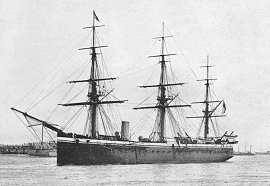
Admiral Sir Frederick Richards
stops at Minni Minni to coal up his fleet, comprised
of HMS BACCHANTE (pictured here), TURQUOISE,
REINDEER, and MARINER, en route to
Zanzibar to stop the Arab Trade in African
Slaves. (This was NOT the same HMS
REINDEER that was captured by the USS
WASP in 1814.)
A description of this visit was
provided by Thomas Marsh, who was an officer's
servant on the MARINER: "On the 29th we left
Seychelles for Diego Garcia and found that there was
a very heavy swell outside the harbour, which caused
the ship to roll about quite a lot. On July 5th we
had a very uncomfortable night as the sea was rough
and we shipped a lot of water and we were glad to
get to the shelter of the harbour at Diego Garcia.
We had not had a single fine day at sea from the
time that we had left Zanzibar which is a distance
of about 2500 miles. The harbour at Diego Garcia is
well sheltered. Diego Garcia is a small Island in
the middle of the Indian Ocean and almost triangular
in shape with an
entrance to the harbour at one of the corners. The
Orient line of steamships to and from Australia used
this port as a coaling station and had their own
plant here. The natives were chiefly Creoles,
numbering about one thousand. There were only 2
Englishmen there with their families and nobody
seemed to keep more than they wanted for themselves
and there was no possible way of buying anything to
replace our stock.
"I
landed at Minny-Minny and afterwards at East Point
but could not get anything. Coconut trees grow in
abundance thickly together as ferns. I have never
seen anything to compare with their denseness. The
widest part of the island was no than 2 or 3 miles.
The few Europeans came to the ship with their
families to church services on
the llth, just 6 of them.
"The
Dorunda of the British India Steam Navigation
Company put in here for coal on her way home from
Australia on the l2th and took our mail as far as
Aden. We were also fortunate in getting a quarter of
beef from her refrigerating plant which came as a
God send for the officers' mess. On the l3th Admiral
Sir Frederick Richards arrived in his flagship
Bacchante accompanied by the Turquoise, Reindeer and
Mariner. We were ordered to shift anchorage nearer
Minny-Minny. The flagship brought mail for us from
Colombo. Europeans from the shore and some of the
flagship company came on board to a theatrical
performance. On the l7th the flagships band played
on shore and the Turquoise and Reindeer came down
from East Point where they had coaled. On the l9th
we had anchor drill and man and arm boat
practice. All four ships left in company on
the 2lst for Rodriguez..."
|
| 1886 |
Louis Fidele is imprisoned for
practicing witchcraft in the cemetary at East
Point. This witchcraft was intended to ensure
that the ghosts would not rise up to haunt the living,
which was a very real fear of the workers on the
island. |
| 1886 |
The Naturalist G.C. Bourne
spends four months on the island studying geology and
the bird and plant life. Bourne later teaches as
Oxford, and lectures on his discoveries. |
| July 4, 1887 |
Thomas Marsh in the HMS
MARINER returns to DG after a 4-day speed run
down from Trincomalee, India. The MARINER
took on 74 tons of coal at DG and left that afternoon
for Mauritius. |
| 1888 |
The coaling stations on the
island close, their rowdy employees depart, and
steamships stop stopping. No longer needed to
police the wild crowds of imported Somalis, Indians
and Chinese manning the stations, Mister Butler and
his Constables are withdrawn, and no other police
force was set up for the next 85 years. The
island is left to the workers and European overseers
of the plantations. |
| 1895 |
The first church is built at
the East Point Plantation. The settlements at
Minni Minni, East Island and Middle Island were
abandoned. |
| 1899 |
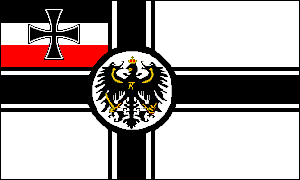 The German warships BISMARCK
and MARIE anchored in the lagoon for a while,
and shortly afterwards, the British warships HMS
HAMPSHIRE and HMS EMPRESS OF RUSSIA paid
a visit.
The German warships BISMARCK
and MARIE anchored in the lagoon for a while,
and shortly afterwards, the British warships HMS
HAMPSHIRE and HMS EMPRESS OF RUSSIA paid
a visit. |
| 1899 |
The
Deutsche
Tiefsee (German deep sea) Expedition, aboard the VILDIVIA
carries out a survey of the marine fauna of the
surrounding wates and the lagoon. Here is a
chart of their route through the Indian
Ocean. Diego Garcia is in the middle of the
picture.
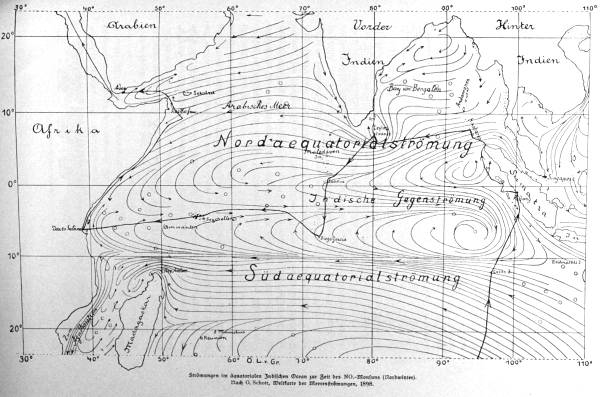
|
| 1901 |
1,500 coconut trees are blown
over during a typhoon. |
| 1903 |
The process of drying coconut
meat to make copra is introduced, and the production
of oil for export ceases. Instead the copra is
shipped to Mauritius for processing into oil. |
| July 7-13, 1905 |
The Percy Sladen Trust
Expedition, led by J. Stanley Gardiner, studies the
island's geomorphology, and the marine and land plants
and animals. The Expedition was investigating
the biological relationships between the Seychelles,
Mascarenes and Chagos groups and tried to find
evidence for former land connections between the
islands. The discoveries of this expedition
established that the granitic Seychelles islands are
continental fragments of Gondwana, isolated from India
and Madagascar 65 million years ago while the other
islands are volcanic in origin, and that the
Seychelles had an 'archaic' fauna, while the
Mascarenes, Amirantes, Aldabra and Chagos Island
groups have similar 'immigrant' taxa that traveled to
the islands on the predominant marine currents. |
| 1908 |
Doctor Powell arrives as
head of a medical mission. He finds, literally,
shitty sanitation conditions regarding latrines, and
that safe water supply practices are ignored by 'both
labor and management' and that they better clean up
their act. He also proposes that the islanders
be forbidden to take wine away from the village shop,
and that they be required to drink it in the
bar. He blames much of the island's crime and
disease on the quality of the wine. "Only coarse
wine is given, and then comes the rub, a fight and the
knife". |
| October 9, 1914 |
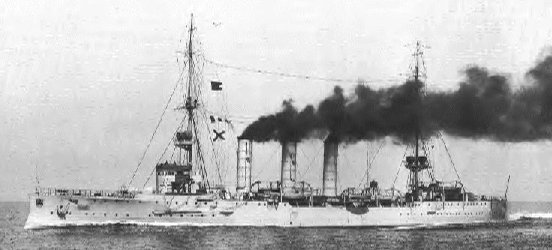 The German Imperial Navy (Kaiserliche
Marine) Cruiser SMS EMDEN, 387 feet
long, displacing 3,364 tons, sails into the lagoon
with her collier the BURESK, and spends the
next two days scraping barnacles off her hull by
flooding compartments and lifting first the stern and
then the bow into the air. The crew also fixed
the plantation manager's motor launch, and was paid
with a pig, fresh fish, and some fruit.
Note: SMS means Seiner Majestat Schiff (His
Majesty's Ship), comparable to HMS in the Royal
Navy. Here is a first-hand account of her visit
written by her executive officer:
The German Imperial Navy (Kaiserliche
Marine) Cruiser SMS EMDEN, 387 feet
long, displacing 3,364 tons, sails into the lagoon
with her collier the BURESK, and spends the
next two days scraping barnacles off her hull by
flooding compartments and lifting first the stern and
then the bow into the air. The crew also fixed
the plantation manager's motor launch, and was paid
with a pig, fresh fish, and some fruit.
Note: SMS means Seiner Majestat Schiff (His
Majesty's Ship), comparable to HMS in the Royal
Navy. Here is a first-hand account of her visit
written by her executive officer:
From “The Emden”
by Kapitanleutnant Helmuth von Mücke, 1917.
As there was not
a merchantman of the enemy now abroad, our
Commander, as has been related, decided to
give the “Emden” a much needed overhauling,
especially to clean the bottom of the ship.
So we steered a southerly course, which took
us out of the Bay of Bengal, and, one fine
morning, our anchor rattled down into the
sea for the first time in many a long day.
We were in the harbor of Diego Garcia, a
small island belonging to England, and
situated in the extreme southern part of the
Indian Ocean.
Hardly had we
anchored when the English flag was joyfully run
up on shore. A boat with an old Englishman in it
put off from the island and came toward us. With
his face beaming with the pleasure of seeing
some one from the outside world, he came on
board, bringing with him gifts of fresh eggs,
vegetables, etc. He gave eager expression to the
delight it afforded him to have the opportunity,
after many years, once more to greet some of his
German cousins, so dear to his heart, and so
highly esteemed. He assured us that he was
always so glad to see the Germans, especially
those that came in their fine war ships. He had
not seen one of them since 1889, when the two
frigates, the "Bismarck" and the "Marie," had
run into the harbor. That was a long time ago,
he remarked, but for this very reason it made
him all the happier to see us now, and he hoped
it would not be long before another German ship
would anchor at Diego Garcia.
At first we were
somewhat surprised at this greeting, although by
this time we had become accustomed to all kinds of
English eccentricities. But soon we learned from
our guest that Diego Garcia receives a mail only
twice a year, by way of Mauritius, and so the
people on the little island as yet knew nothing of
the war. We surely were not disposed to acquaint
them with the horrors of existing conditions. Why
should we? And, moreover, it might so happen that
we would come again before many days had passed.
However, when our
guest came on board the “Emden” and, looking about
him, saw the condition of this German man-of-war,
he opened his eyes wide in astonishment. Instead
of the usual white deck, shining with cleanliness,
he beheld an ill-looking, oil-stained flooring,
blackened by coal dust, and furrowed with deep
scratches. He saw that the color of the engine
skylight was more nearly black than gray, that the
railing was not only broken, but entirely missing
in places, that only small patches of linoleum
were still to be seen here and there, that thickly
plaited matting was hung about the guns as a
protection against splintering, that there were
many spots on the walls indicating that something
was gone that had either stood or hung there, and
that in the officers' mess there was a remarkable
scarcity of furniture. When he beheld all this, he
was blank with astonishment, and wanted to know
what it all meant. We tried to reassure him,
however, by telling him that we were on a cruise
around the world, that this made it desirable for
us to dispense with everything that was not
absolutely necessary, and that we had to use every
available place for coal. In addition, we treated
him so generously with whiskey, that presently he
gave up thinking at all. He did not seem to find
this a very difficult thing to do. With an effort,
he managed to ask us to do him a favor, which was
that we should repair his motor boat for him, that
he had not been able to use for the past half
year. This we promised to do, and we kept our
word. We made the most of the time we spent in
this quiet and remote harbor to put our ship in as
good condition as possible, to give her a thorough
cleaning, and especially to scrape the bottom, and
give it a fresh coat of paint. The latter could,
of course, be only imperfectly accomplished, and
was managed by letting water enough into one side
of the ship to give it a slanting position. Men in
small boats then cleaned and painted as much of
the bottom as had been raised out of the water in
this way.
While we lay in the
harbor, we found diversion in a novel sort of
hunting. Looking down from the deck one day, we
saw two objects floating in the water close by the
ship. At first sight we took them to be bundles of
dirty rags that had been thrown overboard.
Suddenly, however, we saw that the objects moved,
and were silvery white on the under side. Upon
closer inspection they tumed out to be two
enormous rays. I estimated their size to be from
four to five square meters. They had great wide,
shiny yellow mouths, which they opened to catch
the small fish they were chasing.
Rifles were
quickly brought out, and we tried to get a shot at
the creatures. To do this, we had to wait for the
propitious moment when they raised their backs
somewhat out of the water. One of our shots, fired
at just the right moment, hit one of the fish
squarely on the back. Tossing and splashing, it
made a leap from twenty to thirty centimeters high
out of the water, all the while flapping violently
with its broad fins, causing a commotion in the
water resembling that produced by the beating of
the wings of a large bird.
Much to our
disappointment, we failed to secure the fish
however.
Naturally, some of
the time we passed in the harbor was devoted to
fishing. Everywhere out of the side windows
dangled fish lines, and the efforts of the
fishermen brought rich reward. The queerest
specimens were pulled up. Fish of every color
were there, — red, green, and blue ones; broad
fish, and narrow, pointed ones; some with eyes
on their upper side, while others had them
underneath, and still others were provided with
long spines. They were all landed on deck, but
were not allowed to be eaten until the ship's
doctor had examined them and pronounced them fit
for food, as we were aware that certain kinds of
fish are poisonous.
We saw sea snakes
also. But, to our regret, we failed to catch
any. They were about two meters long, and light
green in color. The creatures had a peculiar way
of leaping upward out of the water, all the
while whipping vigorously back and forth with
their tails, assuming an almost vertical
position as they moved rapidly along on the
surface of the water.
This idyl of
southern seas could, unfortunately, be of but
short duration. Soon the "Emden" was on
her way to new fields of action...
|
| October 12, 1914 |
Eight hours after the EMDEN
steamed off to her destiny (to be blown to bits at
Cocos), the British Auxilliary Cruiser HMS EMPRESS
OF RUSSIA and her mate the HMS HAMPSHIRE
arrive to tell the plantation manager that World War
One had started two months before, and to be on the
lookout for the EMDEN.
-- The Last Gentleman-of-War: The Raider
Exploits of the Cruiser Emden by R. K. Lochner, p.
132., Naval Institute Press, 1988.
|
| November 1914 |
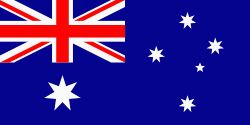 HMAS PIONEER, a PELORUS-class
Light
Cruiser,
stops to coal up en route from Freemantle to Zanzibar
to help fight the Germans in East Africa.
HMAS PIONEER, a PELORUS-class
Light
Cruiser,
stops to coal up en route from Freemantle to Zanzibar
to help fight the Germans in East Africa. |
| July 1917 |
The HMAS HUON, HMAS SWAN,
HMAS TORRENS, HMAS PARRAMATTA, HMAS WARREGO, and
HMAS YARRA stop briefly during their search of
the Chagos Archipelago for survivors of two British
vessels, JUMNA and WORDSWORTH, which
had disappeared without trace early in 1917. Nothing
was found and the destroyers, ‘River’ Class Torpedo
Boat Destroyers built for the Royal Australian Navy
during the period 1909-16, continued their voyage,
arriving at Port Said on 9 August 1917. |
| 1926 |
From Steve Forsberg's
thesis: "One note of excitement would be the
assignment of a new manager in the mid 1920s. Soon
there were complaints that “labourers are being
roughly handled and ill treated by the new manager Mr.
Edouard D’Argent” and that the islanders were living
in a state of fear. In May 1926, Mr. Henry
Bigara died shortly after a person named Fidelia had
committed suicide. Police sergeant LeMeme quickly
figured out that an islander variously called Besage
or Catawon had murdered Bigara at the instigation of
the manager D’Argent. They were both sent to Mauritius
to stand trial for the death of Bigara (Fidelia’s
death could not be pinned on them). Catawon was
quickly convicted but the jury hung on D’Argent’s
guilt. He had many friends in Mauritius and the local
press supported him. In addition there were rumors of
jury tampering. A second trial convicted D’Argent,
however, and he was sentenced to spend the rest of his
life in “penal servitude” on Mauritius. He died
shortly thereafter." |
| 1932 |
The Chapel at East Point is
constructed, the previous one (built in 1895) having
been crushed by a falling palm tree. |
| November, 1933 |
Father Dussercle, a Roman
Catholic Priest, arrives aboard the 380-ton barque DIEGO,
determined to stamp out Anglican Protestantism and
paganism. He was especially offended by the
continuing practice of witchcraft in the cemetaries,
especially 'orgies, lascivious dancing, immoral
getups, and revolting acts committed on the corpses.' |
| 1934 |
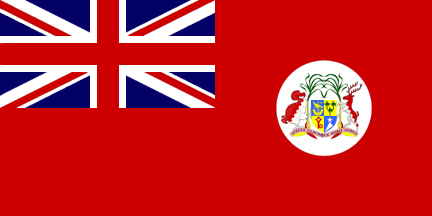 The steamer SS ZAMBEZIA
begins regular supply and cargo runs from Mauritius to
Diego Garcia. She services the island until
1951.
The steamer SS ZAMBEZIA
begins regular supply and cargo runs from Mauritius to
Diego Garcia. She services the island until
1951. |
| May 24, 1939 |
The HMS LIVERPOOL'S
made a call at East Point, and the crew was allowed
liberty ashore; when recalled in the evening two
marines, Billy Bishop and Dennis Turnbull, were
missing. They hid in the jungle for some days,
eventually being discovered by some plantation
workers, and turned over to the plantation
manager. Some weeks later, HMS MANCHESTER
arrived at Diego Garcia, and the two men gave
themselves up. Just in time for WWII. |
| June 1939 |
A Consolitated PBY-2 Flying
Boat, call sign GUBA-2, piloed by Captain P.G. Taylor,
carried out an air mail route survey flight from
Australia across the Indian Ocean calling at Cocos
Islands, Diego Garcia, and Seychelles arriving at
Mombasa on 21 June 1939. It then returned to
California, whence it had departed a year or so
earlier. World War II intervened before this service
could be inagurated. |

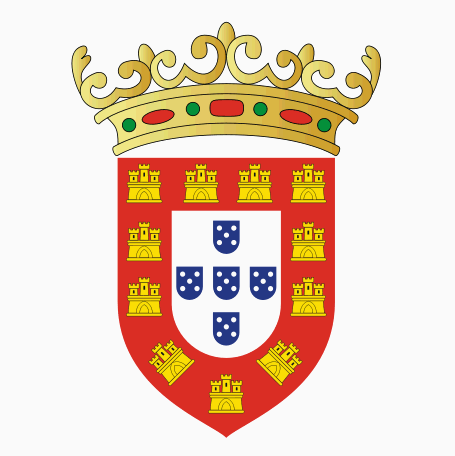 Pedro Mascarenhas, a Portuguese
Captain, is detached from the 'Armada de India',
of Dom Garcia de Noronha, and sent to India with
dispatches by the shortest and fastest
route. He sails through the Chagos
Archepelago, discovers and names Diego
Garcia. Or maybe not.
Pedro Mascarenhas, a Portuguese
Captain, is detached from the 'Armada de India',
of Dom Garcia de Noronha, and sent to India with
dispatches by the shortest and fastest
route. He sails through the Chagos
Archepelago, discovers and names Diego
Garcia. Or maybe not.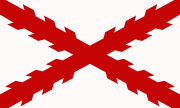 Spanish explorers discover and
name Diego Garcia. Or maybe not.
Spanish explorers discover and
name Diego Garcia. Or maybe not.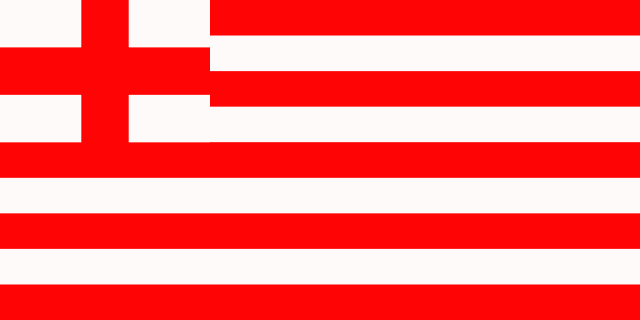
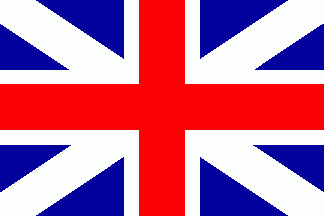
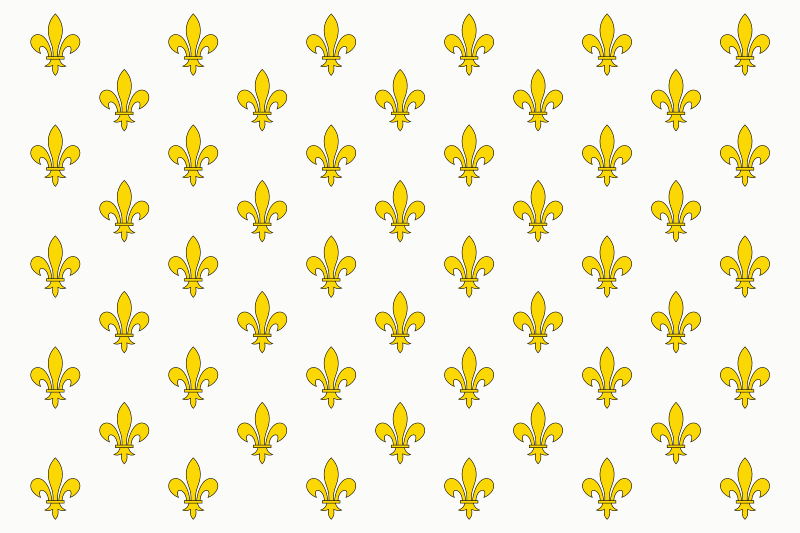
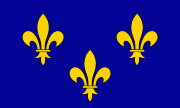
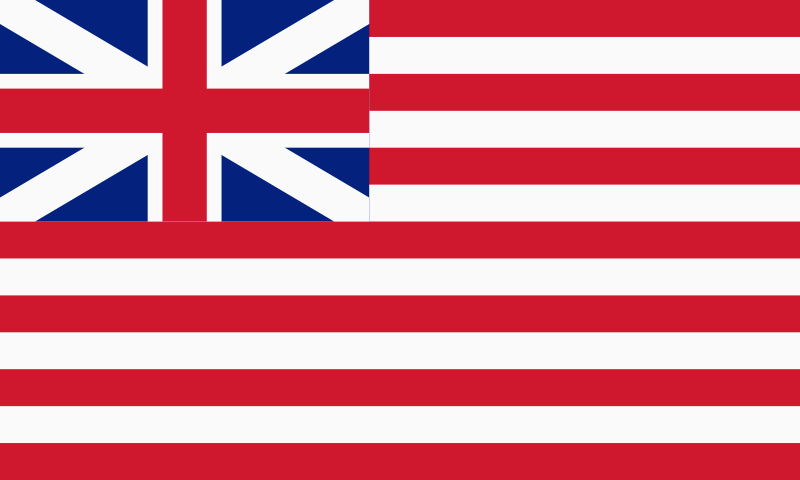
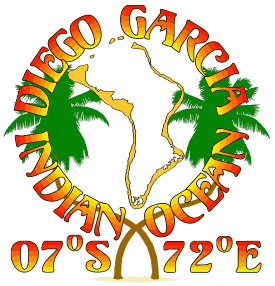















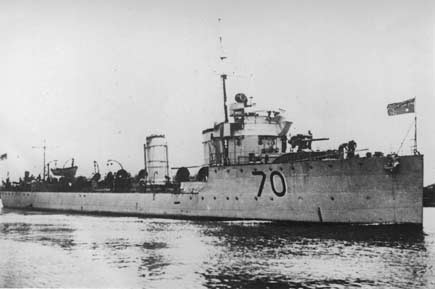

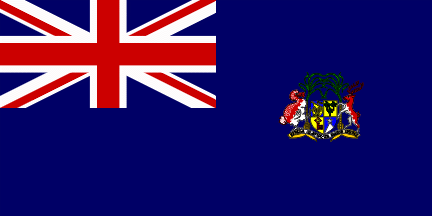
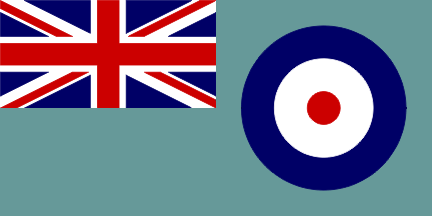
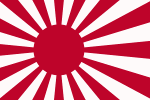
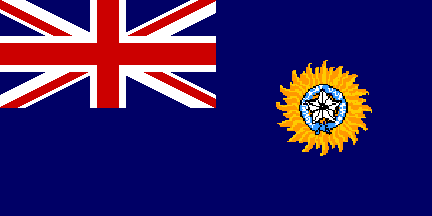

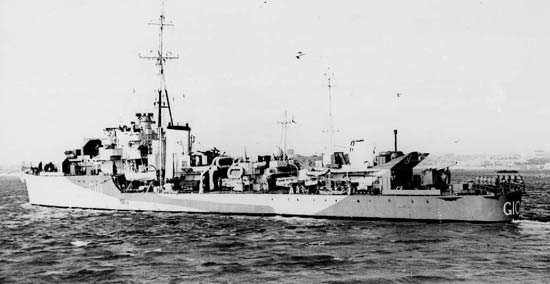
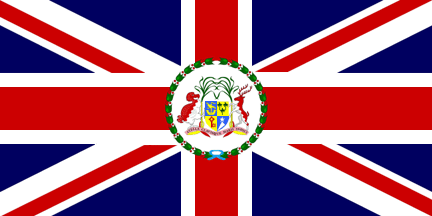
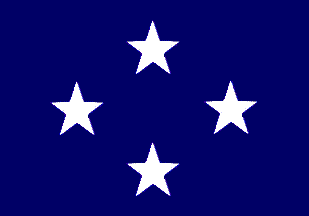
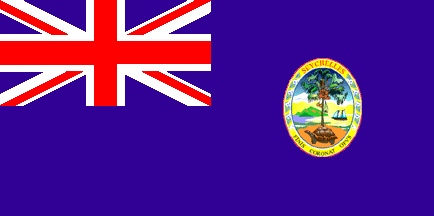
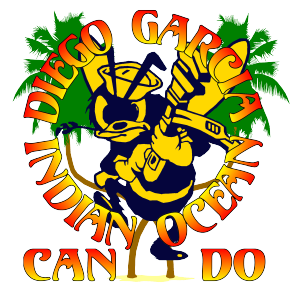
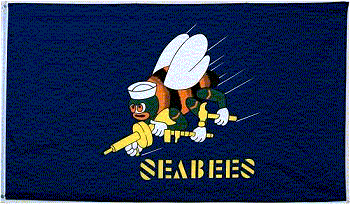
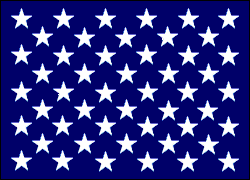
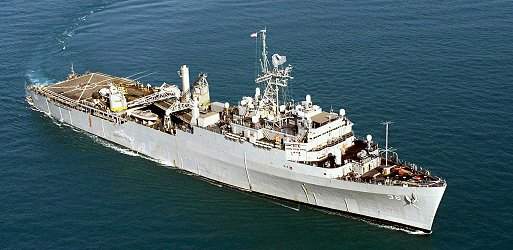
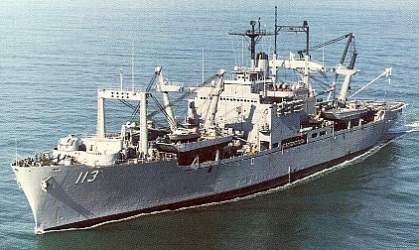
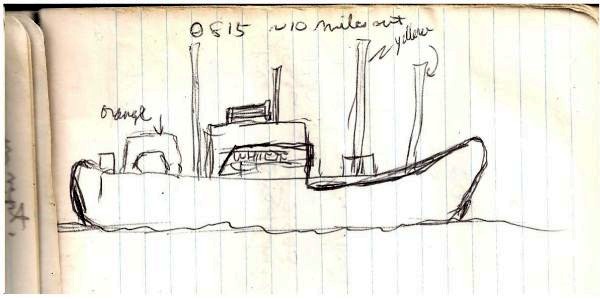
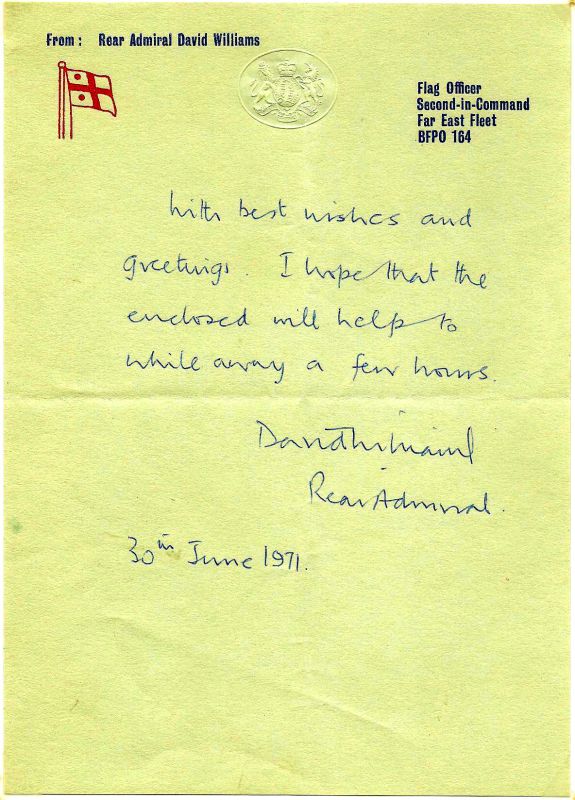
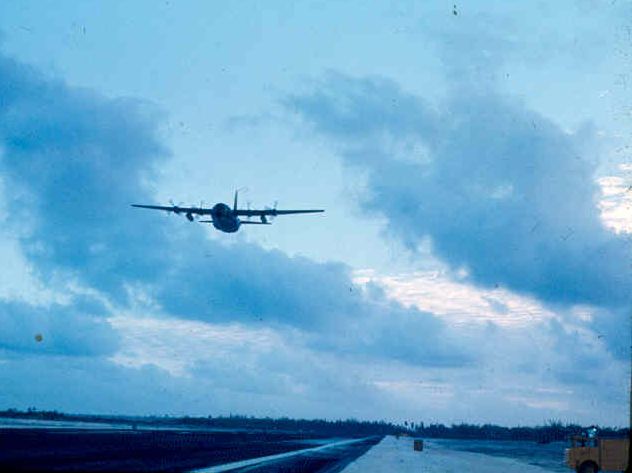 The first runway on
the island is completed, all 3,500 feet of it, four days
ahead of schedule. The first C-130 to land carries
the SEABEES who built it back to Bangkok for 10 days of
drunken promiscuity. Many thanks to Commander Dan
Urish, NMCB-40 and First Island Commander for these
photos.
The first runway on
the island is completed, all 3,500 feet of it, four days
ahead of schedule. The first C-130 to land carries
the SEABEES who built it back to Bangkok for 10 days of
drunken promiscuity. Many thanks to Commander Dan
Urish, NMCB-40 and First Island Commander for these
photos.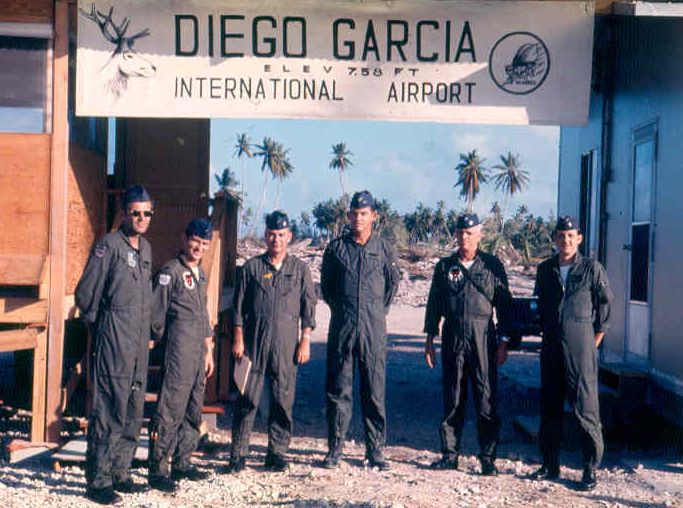
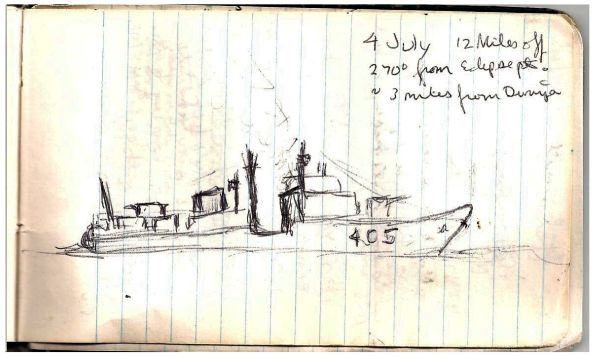
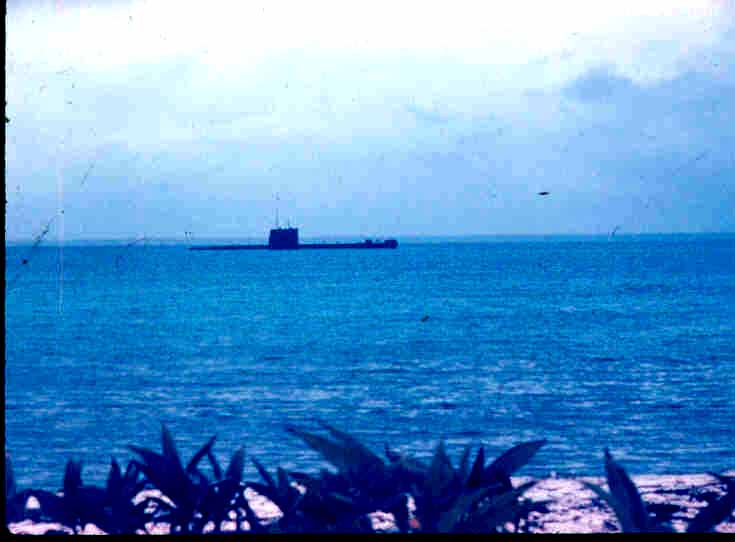
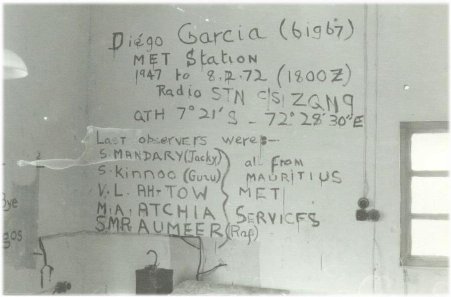
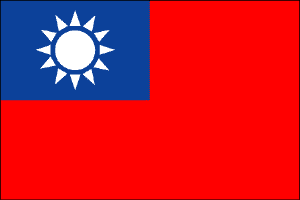
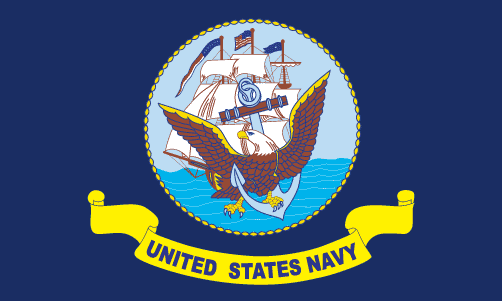
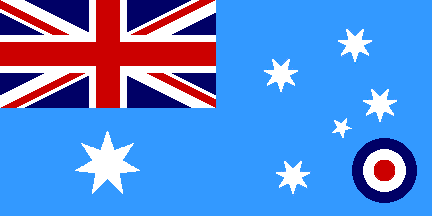

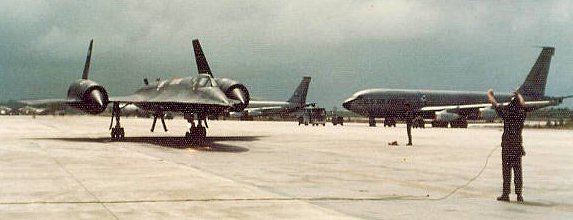 SR-71 #960 lands at
Diego Garcia. Photo by David Burns.
SR-71 #960 lands at
Diego Garcia. Photo by David Burns.
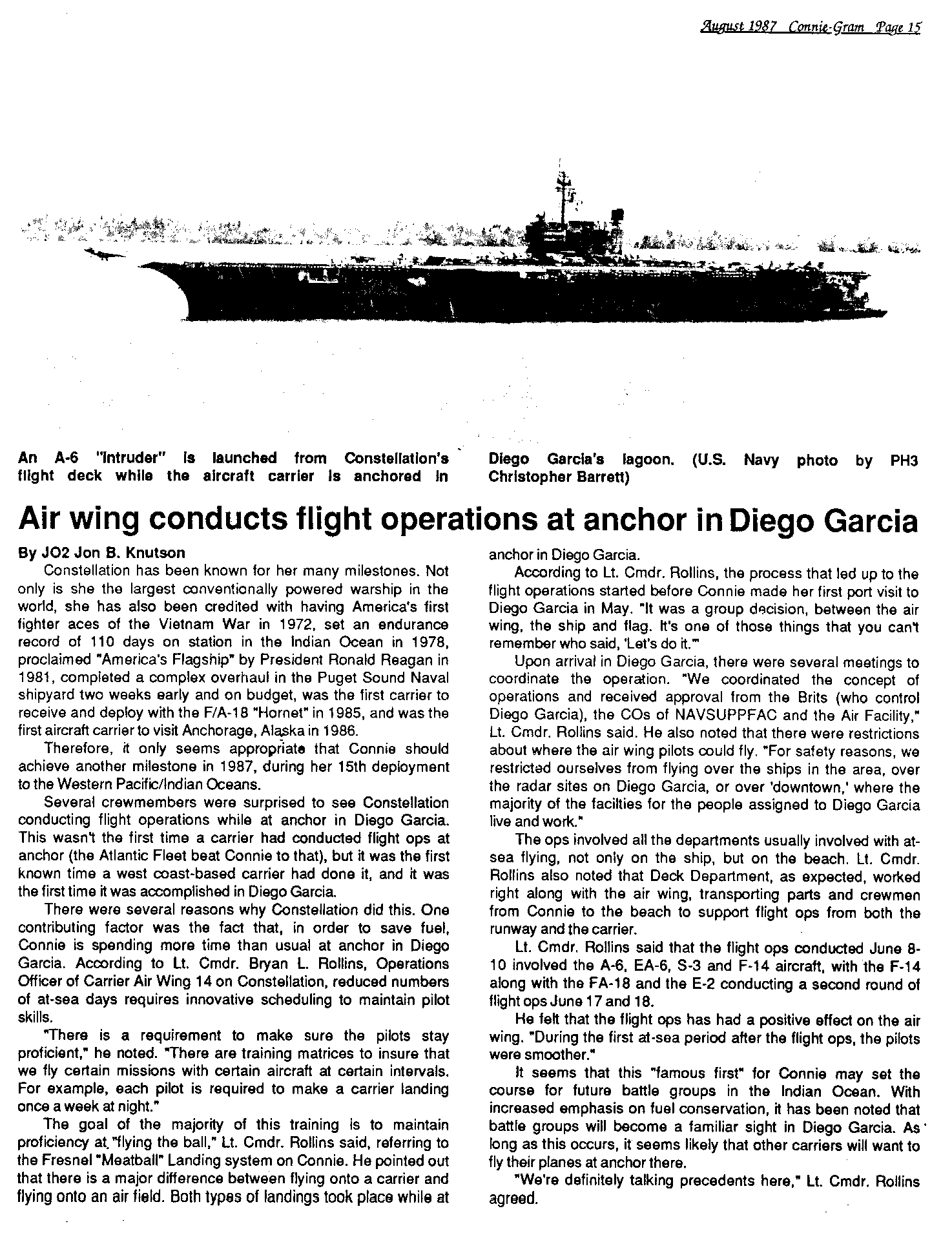
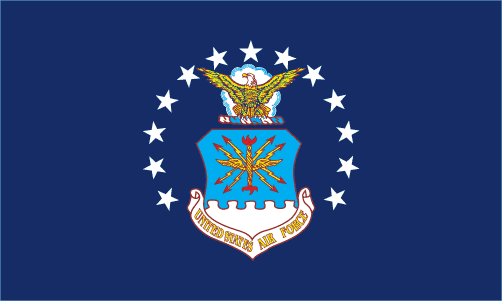
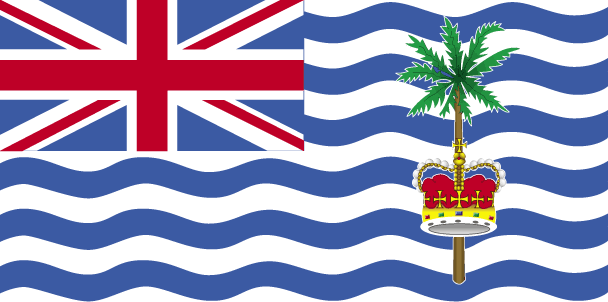
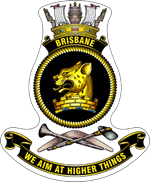 HMAS BRISBANE
refuels at Diego Garcia en route to the Persian Gulf.
HMAS BRISBANE
refuels at Diego Garcia en route to the Persian Gulf.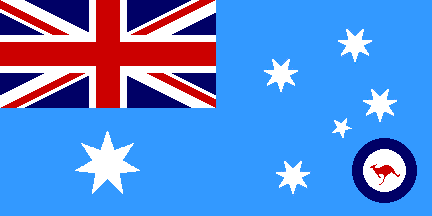
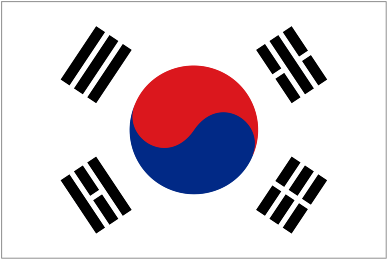
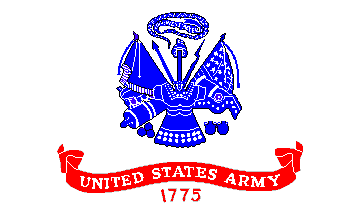
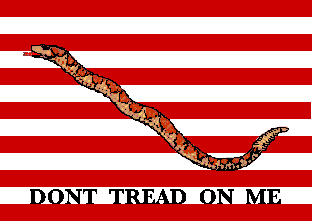
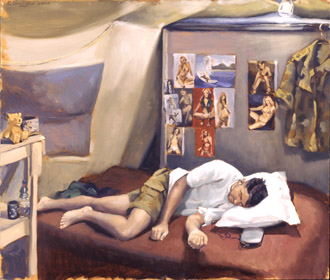
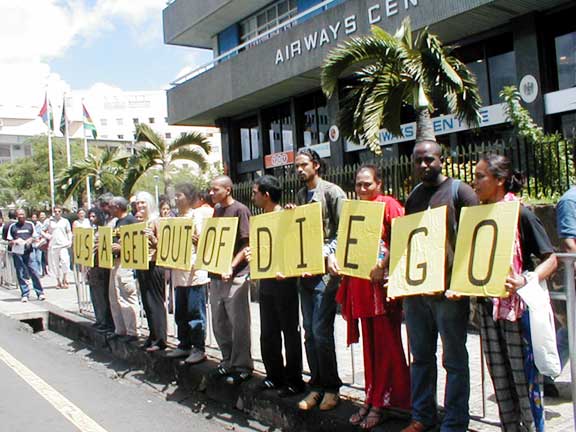
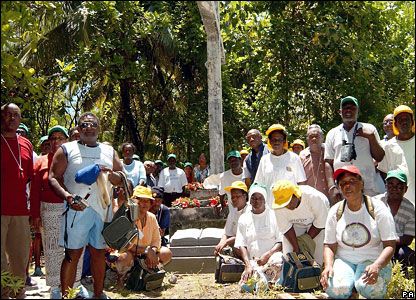


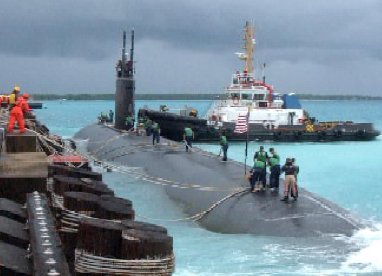
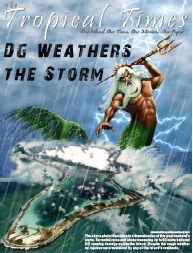
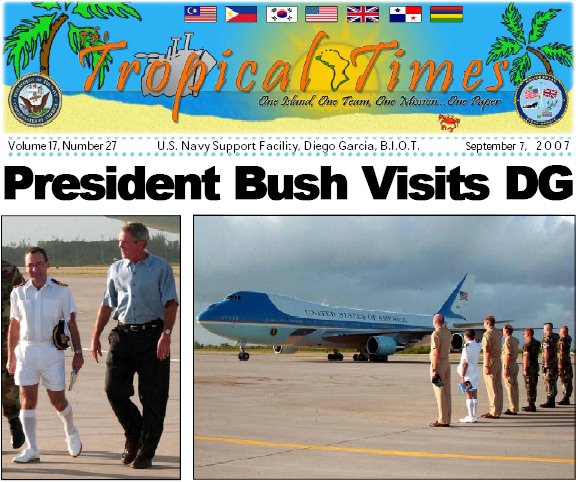
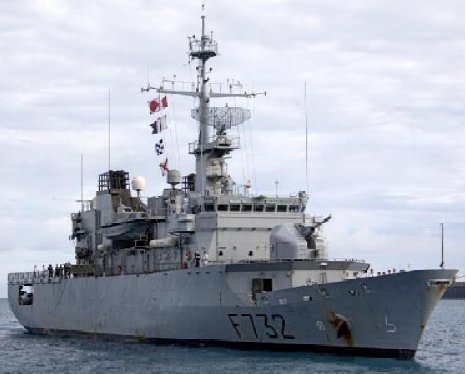
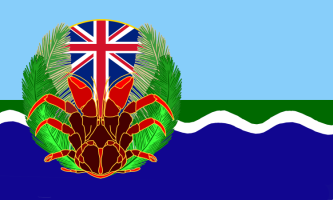
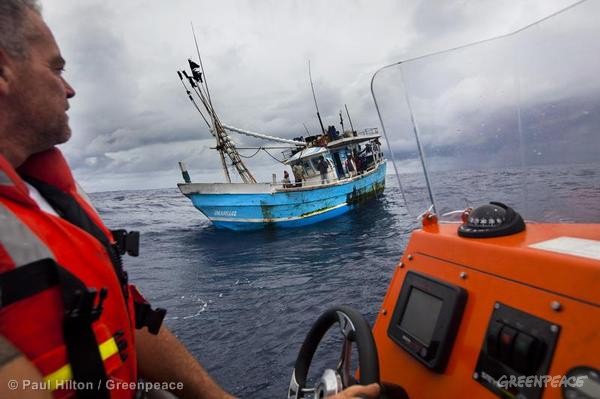 A Greenpeace inflatable pulls up
along side an illegal Sri Lankan fishing boat,
IMUL-A-0352KLT, 24th October 2012, Chagos, Indian
Ocean. Greenpeace found two illegal Sri Lankan
fishing boats inside the Chagos marine reserve on
Wednesday and has called on the UK government to
enforce protection of this Indian Ocean reserve
from pirate fishing. The Greenpeace flagship
Rainbow Warrior is currently transiting from
Mauritius to the Maldives as part of its Indian
Ocean expedition and found in total three fishing
boats deep within the Chagos marine protected
area, established by the UK government in
2010. Many thank to Paul Hilton at
Greenpeace for use of the photo and
story.
A Greenpeace inflatable pulls up
along side an illegal Sri Lankan fishing boat,
IMUL-A-0352KLT, 24th October 2012, Chagos, Indian
Ocean. Greenpeace found two illegal Sri Lankan
fishing boats inside the Chagos marine reserve on
Wednesday and has called on the UK government to
enforce protection of this Indian Ocean reserve
from pirate fishing. The Greenpeace flagship
Rainbow Warrior is currently transiting from
Mauritius to the Maldives as part of its Indian
Ocean expedition and found in total three fishing
boats deep within the Chagos marine protected
area, established by the UK government in
2010. Many thank to Paul Hilton at
Greenpeace for use of the photo and
story.
